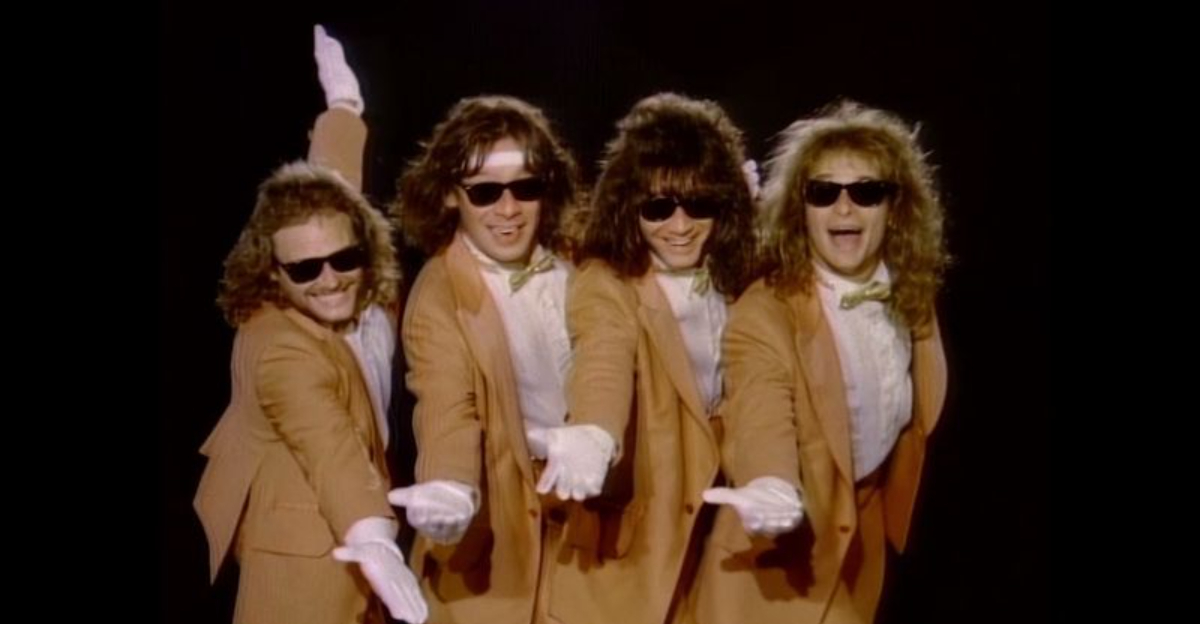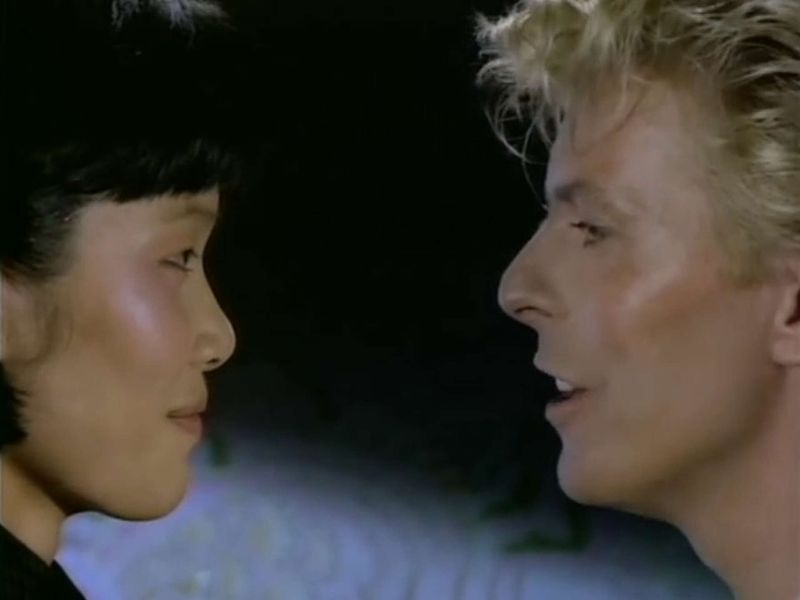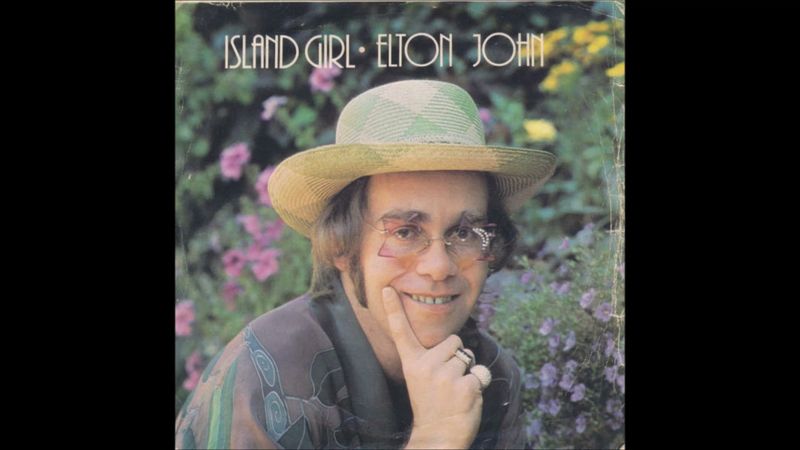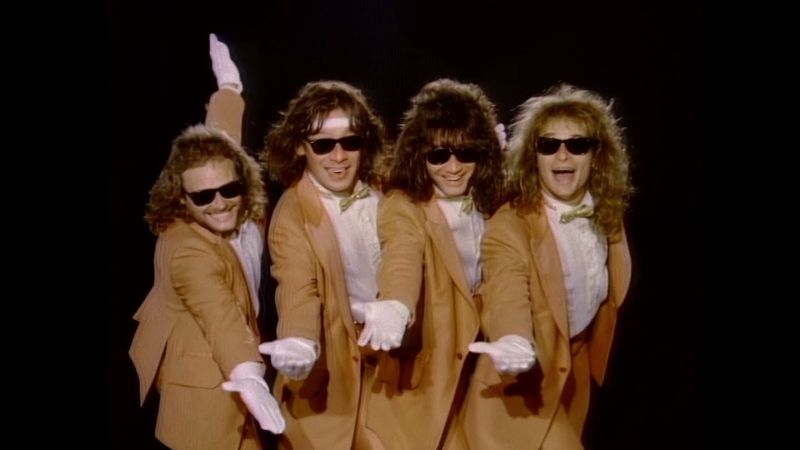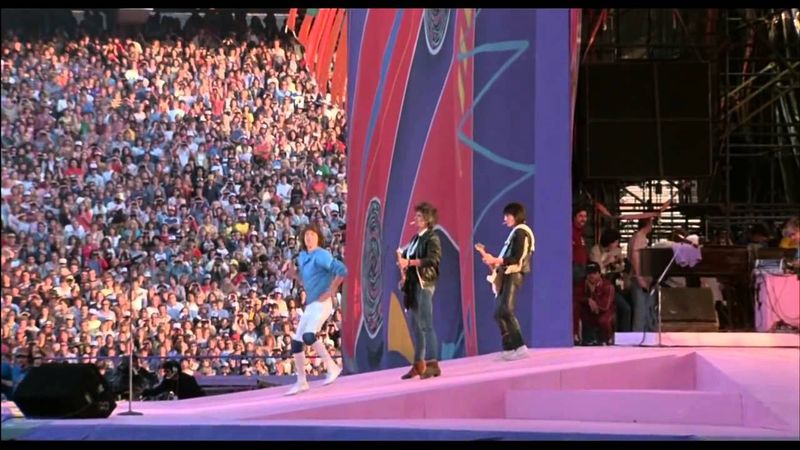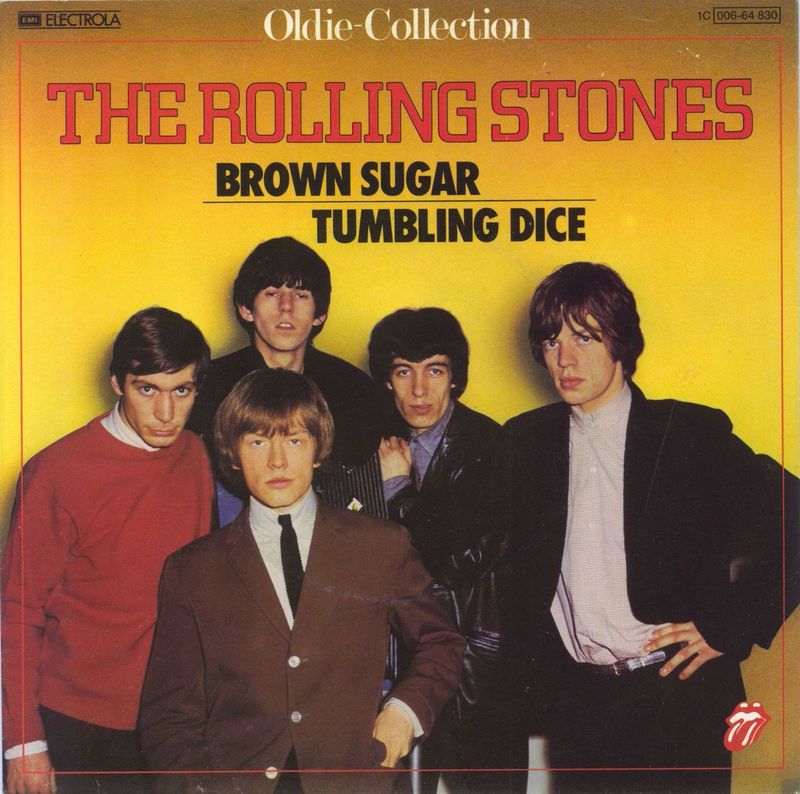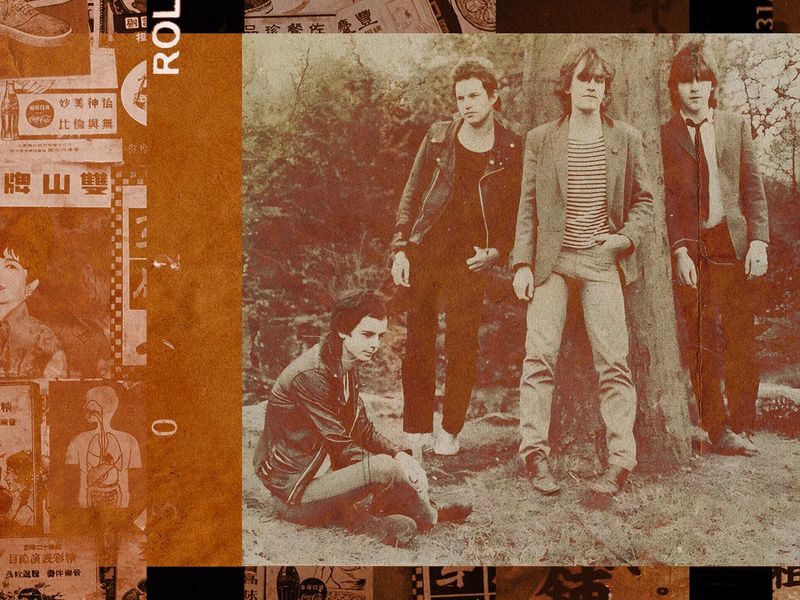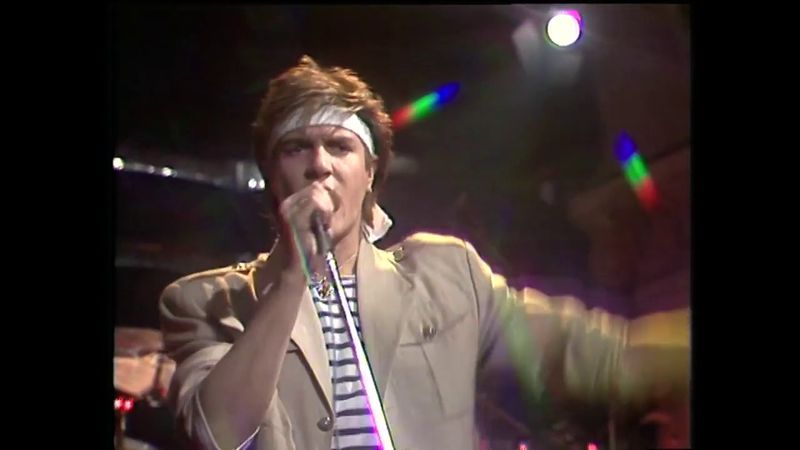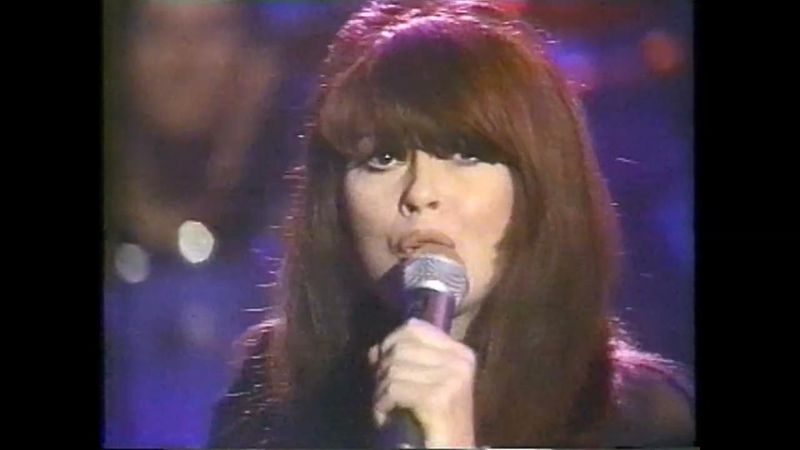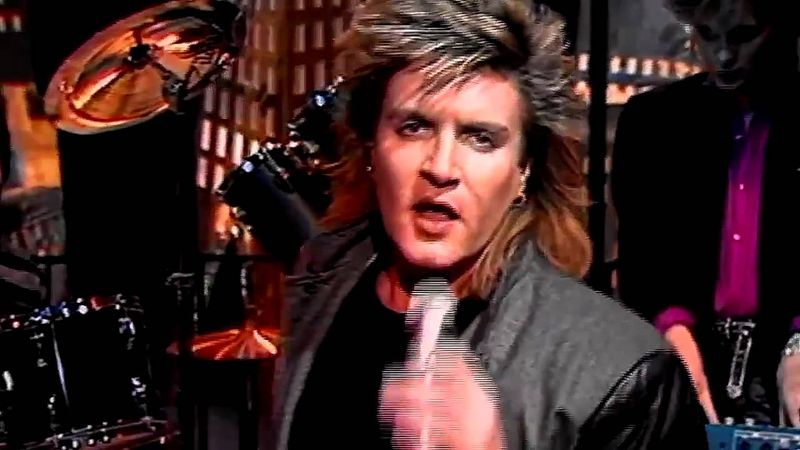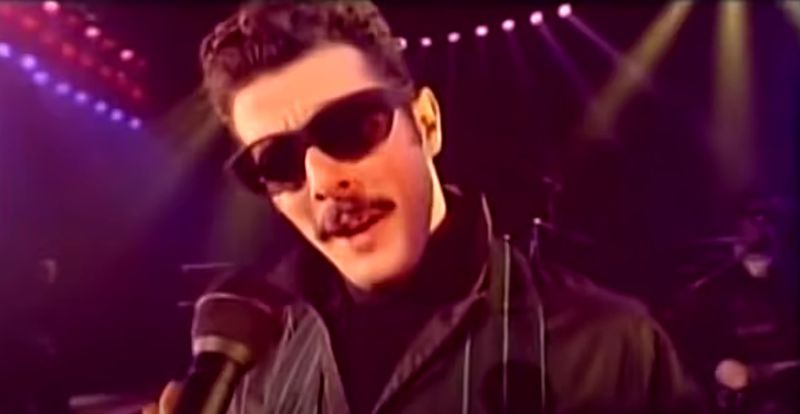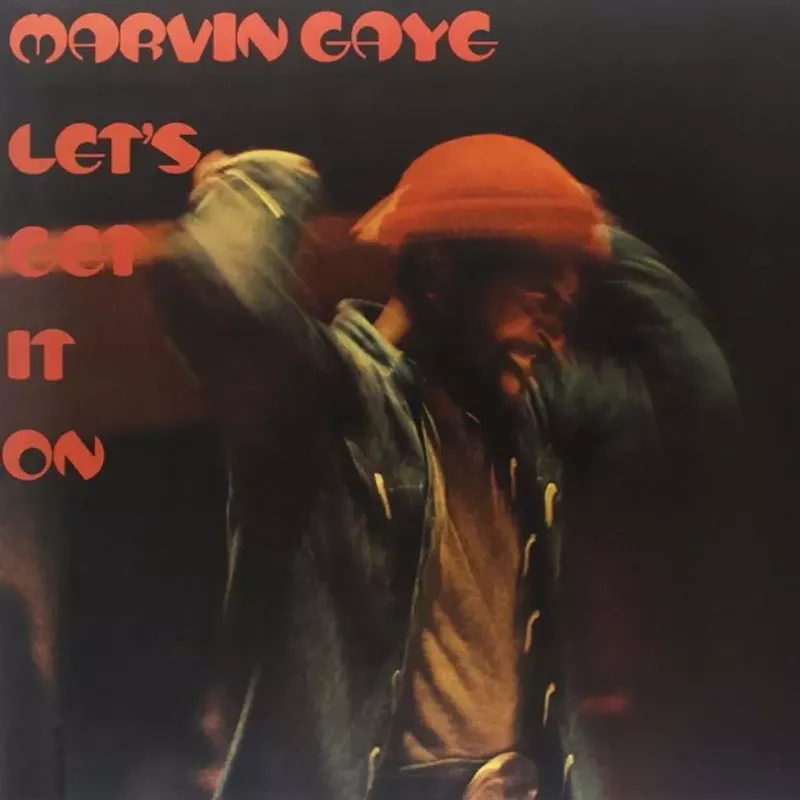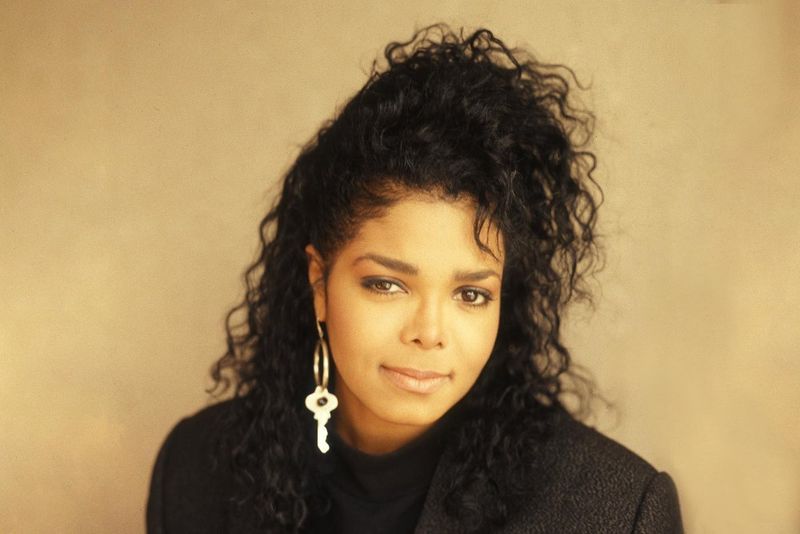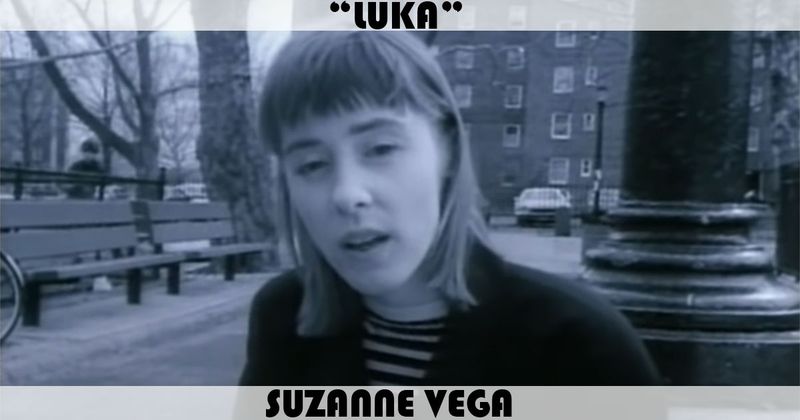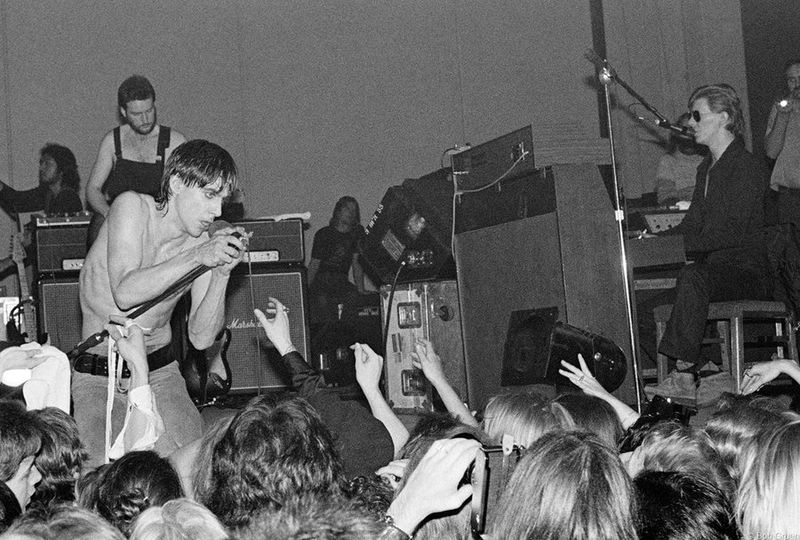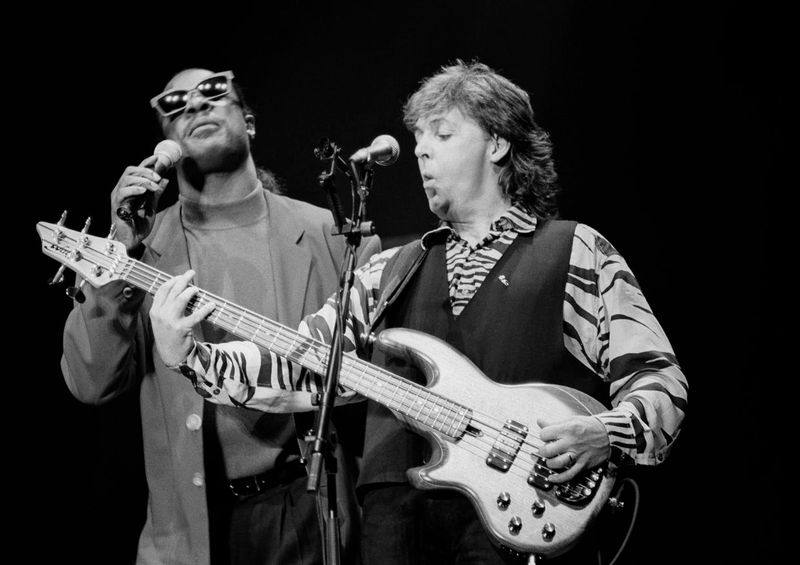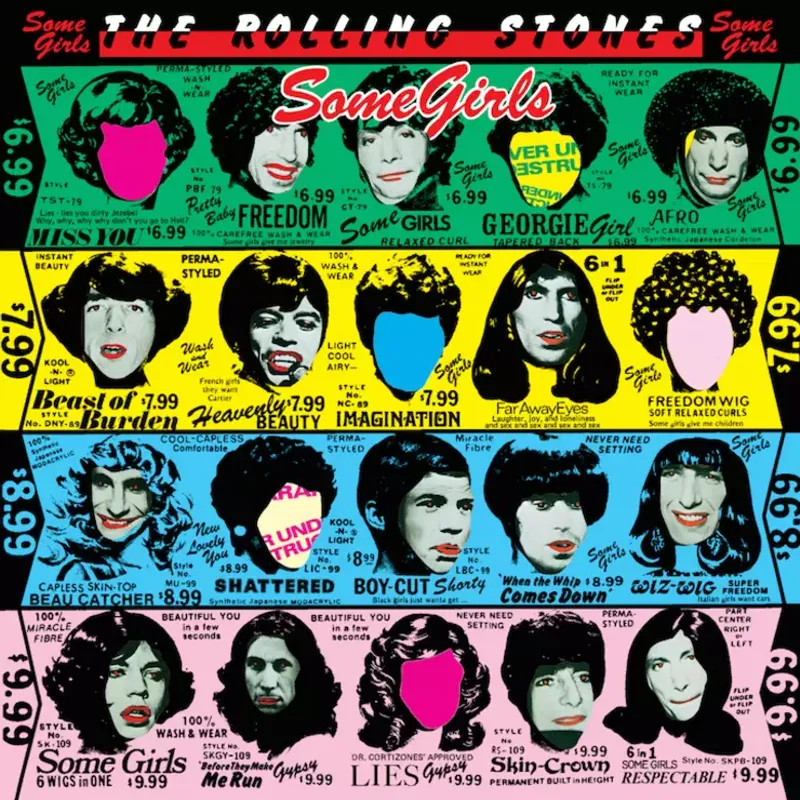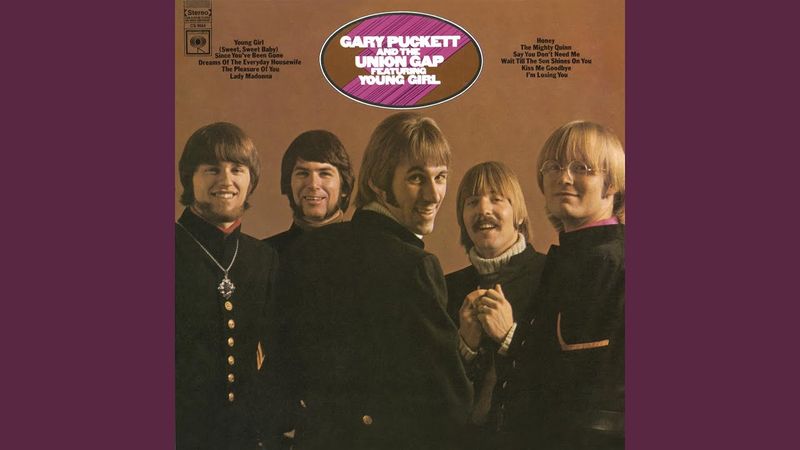Back in the 1980s, edgy lyrics and provocative videos weren’t just accepted—they were celebrated. MTV was the wild west of pop culture, and boundary-pushing artists ruled the airwaves. But fast-forward to today, and some of those same chart-toppers would be trending for all the wrong reasons. From outdated stereotypes to shocking innuendos, these 18 iconic ’80s tracks might’ve made music history—but they’d never survive the scrutiny of 2025.
1. Money for Nothing
The Grammy-winning anthem “Money for Nothing” by Dire Straits was as much a visual masterpiece as it was a musical hit. Featuring one of the first computer-animated videos on MTV, it dazzled audiences with its groundbreaking visuals. However, the song’s original lyrics contain a homophobic slur, sparking criticism in recent years. Modern broadcasts often censor or alter these lyrics to align with contemporary sensibilities. This track, once celebrated for its cutting-edge artistry, now faces a reconsideration due to its problematic language, making it a relic of a less socially aware era.
2. China Girl
David Bowie’s “China Girl” was an MTV staple, co-written with Iggy Pop. Its sultry tones and alluring visuals made it unforgettable. Critics, however, have since highlighted the racial fetishization in both the lyrics and the music video. The portrayal of Asian women, often seen through an exotic lens, raises concerns about outdated cultural stereotypes. While the song was a chart success, the controversy surrounding its presentation has sparked debates on representation and respect in modern contexts, marking it as a track that wouldn’t easily withstand today’s scrutiny.
3. Island Girl
Elton John’s ‘Island Girl’ brought tropical vibes to the airwaves, captivating audiences with its catchy tune. However, its portrayal of Caribbean women, particularly in the context of sex work, has drawn criticism for perpetuating stereotypes. The song’s light-hearted melody contrasts sharply with its contentious themes. Despite its enduring popularity on classic rock stations, modern listeners might view its lyrical content as objectifying. The song’s legacy is a testament to the evolving conversation around representation, making it a compelling yet controversial piece of the ’80s music scene.
4. Hot for Teacher
Van Halen’s “Hot for Teacher” epitomized the rebellious spirit of ’80s rock with its raucous sound and spirited video. The imagery of a classroom fantasy, complete with a sexualized depiction of a teacher, drew both fascination and criticism. While it echoed the carefree antics of youth, today’s lens might view it as glamorizing inappropriate behavior in an educational setting. The video’s blend of humor and suggestive themes highlights changing societal norms, showcasing a piece of music history that reflects both the allure and pitfalls of its time.
5. Under My Thumb
The Rolling Stones’ “Under My Thumb” reemerged during MTV’s early years, captivating new audiences. The song’s provocative narrative, portraying a man “taming” a woman, has long sparked debates over its themes of control and misogyny. While it resonated with fans for its catchy beat and rebellious spirit, its lyrics raise questions about gender dynamics. As societal perspectives evolve, the track serves as a reminder of past attitudes, embodying a complex mix of musical brilliance and controversial storytelling that might not align with today’s values.
6. Brown Sugar
“Brown Sugar” by The Rolling Stones is a gritty rock anthem characterized by its unapologetic swagger. Despite its musical prowess, the song’s lyrics reference sensitive issues such as slavery and race-mixing, drawing criticism for their insensitivity. While it remains a staple in rock history, the track’s provocative content reflects a bygone era of less restrained expression. Today’s listeners might find its themes jarring, highlighting the shifting landscape of cultural awareness and the ongoing dialogue about representation and respect in music.
7. Turning Japanese
The quirky hit “Turning Japanese” by The Vapors features an infectious beat and singalong chorus. Despite its catchy appeal, the song has faced scrutiny for cultural insensitivity, with critics pointing to stereotypes embedded within its lyrics. Allegedly about self-pleasure, the song’s meaning has been debated over time. The band’s denial of any offensive intent adds another layer to its complex legacy. As societal awareness grows, the track serves as a reminder of the fine line between artistic expression and cultural respect, sparking ongoing discussions.
8. Girls on Film
Duran Duran’s “Girls on Film” captivated MTV audiences with its edgy visuals. The uncut version of the video, laden with risqué content and the objectification of women, was controversial even in its time. While the catchy beat and dynamic energy propelled the song to fame, its themes would likely face intense scrutiny today. The video’s bold approach to visual storytelling reflects both the allure of pushing boundaries and the complexities of evolving media standards, marking it as a product of a different era in entertainment.
9. I Touch Myself
The Divinyls’ “I Touch Myself” emerged as a bold anthem, challenging societal taboos with its overtly sexual theme. While celebrated for embracing female sexuality, the track might face backlash today from conservative circles concerned with explicit content. Its boldness and catchy rhythm create a paradox of empowerment versus controversy. As conversations around media representation and sexuality evolve, the song stands as a trailblazer in challenging norms, showcasing the tension between liberation and societal expectations that remains relevant in discussions of artistic expression.
10. Wild Boys
Duran Duran’s “Wild Boys” captivated audiences with a dark, futuristic video and pounding beat. Its bondage-inspired visuals and dystopian imagery have sparked debates over glamorizing abuse and fetishizing violence. The song’s compelling energy and innovative concept gained significant airplay on MTV, showcasing the band’s daring creativity. However, the visual content challenges modern interpretations of sensitivity and representation. The track exemplifies the ’80s penchant for boundary-pushing artistry, reflecting both the era’s boldness and the complexities of re-evaluating past works through the lens of contemporary values.
11. Relax
Frankie Goes to Hollywood’s “Relax” was a club sensation, especially after facing a BBC ban. Its driving beat and defiant energy turned it into a chart-topping hit. However, the song’s lyrics, interpreted as sexual, and its original S&M club-themed video would likely face intense scrutiny today. The tension between its infectious rhythm and controversial content reflects an era of bold creativity. This juxtaposition between expression and acceptability highlights ongoing debates about artistic freedom and the boundaries of public decency, offering insight into shifting cultural landscapes.
12. Let’s Get It On
Marvin Gaye’s “Let’s Get It On” made a second splash on MTV in the ’80s, enchanting audiences with its soulful allure. Originally from 1973, its revival highlighted timeless themes of romance and sensuality. However, the song’s hypersexual lyrics, while smooth and soulful, prompt debates about over-sexualization in media. As cultural norms evolve, the track’s provocative nature offers a lens into shifts in societal perceptions of love and desire. The enduring appeal of Gaye’s artistry underscores the enduring complexity of balancing intimacy and public expression.
13. Nasty
Janet Jackson’s “Nasty” redefined her image, establishing a bold, empowered presence that resonated on MTV. Its feminist power anthem challenged stereotypes, but its aggressive tone might invite criticism today for potentially fueling anti-male perceptions. Balancing empowerment with nuance, the song’s dynamic energy captured a pivotal moment in pop culture. As dialogues around gender and expression evolve, “Nasty” serves as a touchstone for discussions on media representation. Its legacy encapsulates the excitement and challenges of forging new paths in a rapidly changing cultural landscape.
14. Luka
Suzanne Vega’s haunting ballad “Luka” brought a sensitive portrayal of domestic abuse to the forefront of music discussions. Its calm tone juxtaposed with a serious message stunned listeners. While the song’s impact is undeniable, today it might face calls for trigger warnings or explicit framing to prevent potential emotional harm. The delicate balance between storytelling and sensitivity reflects ongoing conversations about portraying difficult topics in media. Vega’s evocative narrative continues to resonate, offering insights into the power of music to address complex issues with empathy and grace.
15. Tonight
The collaboration between Iggy Pop and David Bowie in “Tonight” charted success with its compelling blend of rock iconography. However, lyrics hinting at sexual coercion and drug use raise questions in today’s context. The disparity between its engaging sound and underlying themes highlights evolving listener sensitivities. The track’s legacy reflects the duality of artistic brilliance and controversial content, offering a glimpse into the complexities of musical storytelling. As interpretations of media evolve, such works prompt ongoing dialogue about responsibility and artistic intention.
16. Ebony and Ivory
“Ebony and Ivory,” a collaboration between Paul McCartney and Stevie Wonder, aimed to promote racial harmony. Despite its hopeful message, some modern listeners critique it as overly simplistic, lacking nuance in addressing racial complexities. The song’s global success and heartfelt intent contrast with the challenges of addressing deep-seated social issues in music. As dialogues around race evolve, its legacy serves as both an inspiration and a reminder of the need for depth in discourse. The track remains a significant cultural artifact, sparking continued conversations about unity.
17. Some Girls
The Rolling Stones’ “Some Girls” is marked by its gritty lyrics and bluesy swagger, capturing the band’s unapologetic style. However, the song’s racial and misogynistic language has been controversial since its release. While celebrated for its musical craftsmanship, its provocative content reflects a bygone era of less constrained expression. Modern audiences might find its themes problematic, underscoring the evolving discourse around representation and respect in media. The track remains a testament to the complex interplay between artistic intent and societal values, prompting critical reflection.
18. Young Girl
“Young Girl” by Gary Puckett & The Union Gap was a hit in the late ’60s, reintroduced in the early ’80s. The song’s narrative about a relationship with an underage girl has aged poorly in contemporary eyes. While melodically engaging, its lyrics present significant ethical concerns. The stark contrast between its catchy tune and inappropriate themes highlights the evolution of societal norms. This track exemplifies how changing perspectives can reframe historical works, offering both nostalgia and lessons in the importance of context and sensitivity in media.
